We spoke with a number of the contributors to this project which took place in in Palermo, Sicily, in December 2022. The project is in collaboration with Associazione Culturale MeNO and CeSDAS: International Centre of Experimentation for Applied Dramaturgy in Space.
Prof Bryce Lease, Head of Knowledge Exchange at Central, can you tell us how this project come about?
Associazione Culturale MeNO and CeSDAS: International Centre of Experimentation for Applied Dramaturgy in Space in Palermo, Sicily received funding by the Italian Ministry of Culture in 2022 for a period of three years to make use of a knowledge exchange nucleus made up of artists and academics.
Under the direction of Andrea Cusumano, work with professional artists and communities will alternate between workshops, internships, and productions. Colleagues from the Royal Central School of Speech and Drama were invited to kick off the project with a series of workshops in December 2022 at the Teatro Garibaldi.
Participants in the workshops included actors, set designers, visual artists, directors, painters, and performers who wish to explore the dramaturgical potential of space and the narrative capacity starting from the signification of space. Space is interpreted starting from proxemics, from the presence of the body in space, to the spatial dimensions that determine dramaturgical content (as in the case of the skenè), to the site-specific performative and installation construction and to the design of place and narrative environment, new technologies and social inclusion.
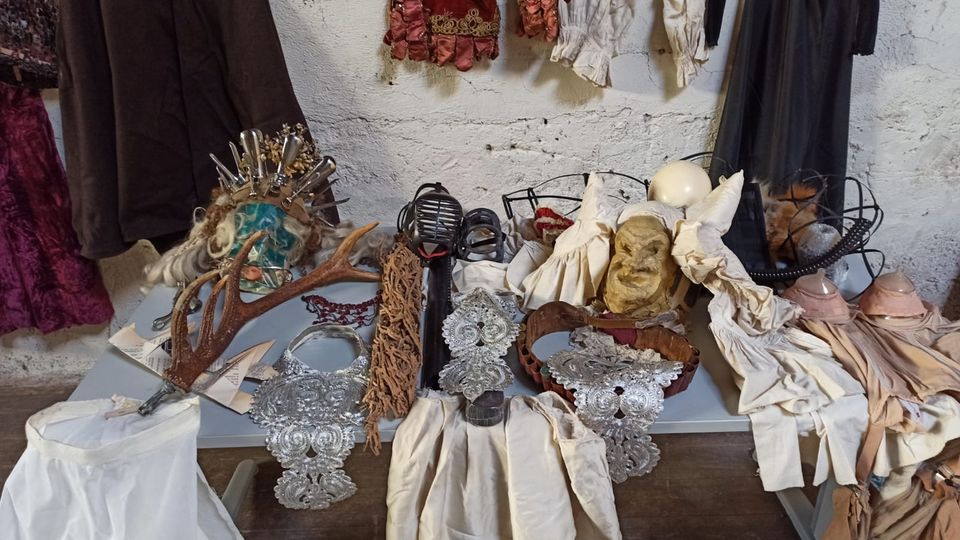
Image credit: CeSDAS
Why was the location of Teatro Garibaldi chosen for this project?
In 1983 the Municipality of Palermo bought the 1861 theatre, reopening it as an active theatre in 1996 with Carlo Cecchi’s Hamlet. For about a decade, the Garibaldi theatre was engaged, under the artistic direction of Matteo Bavera, in productions and co-productions with Carlo Cecchi, Emma Dante, Peter Brook, and Wim Wenders, who shot a scene for his film Palermo Shooting. In 2008, restoration work began, completed in 2009. Following yet another period of abandonment, in which the theatre fell prey to vandalism, theft, and degradation, in 2012 the theatre was occupied by about sixty artists and workers in the performing arts. In 2017-2019 it was the headquarters of Manifesta 12. Part of this funding supports the restoration of the theatre as one of Sicily’s major cultural centres.
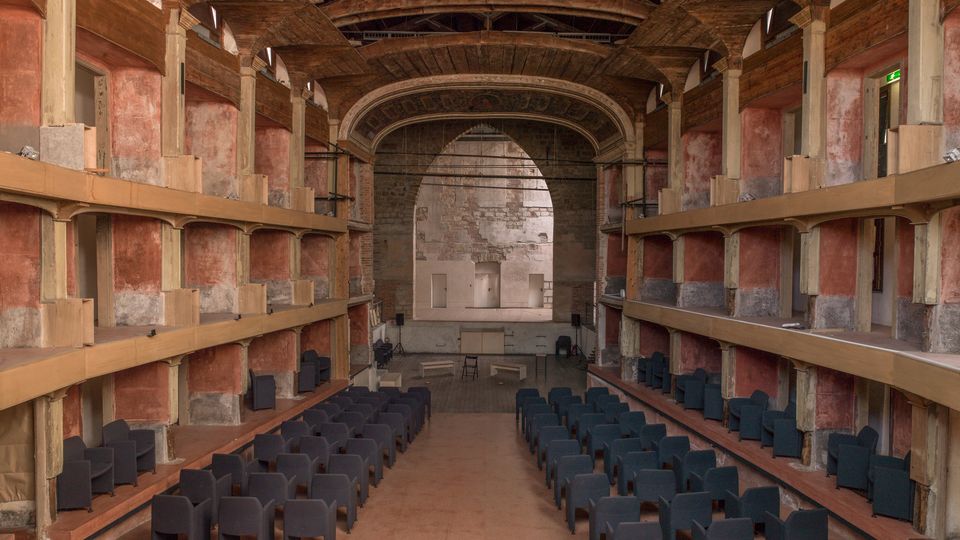
Image credit: CeSDAS
Wojtek Ziemilski, theatre-maker and Central PhD researcher, can you tell us more about your work with participants on creating artistic interventions?
Finding the points of tension and discomfort can be a fruitful artistic strategy. The participants developed small artistic interventions using the public sphere. We ventured into several public spaces to seek important, obvious, or neglected and hidden spaces and objects of unease. We then developed small-scale performances which showcased or used the ambiguous energy of a space or object.
But first, we looked. We looked at objects, at the space. At what was in front of us. The group was diverse, open, and daring. The method I shared with them, Real-Time Composition, was an exercise in acceptance. Learning to accept what is there, to read it and understand it, and then, to support it. We began with simple exercises where things were named. The participants attempted to see how they can intervene, only to realise the difficulty of combining acceptance with intervention. It was fascinating to see how this mix of professionals and amateurs, young and older, experienced and not, struggled in different ways, but also, shared their problems and discoveries. The most difficult thing for many was letting go of their creative impulses.
And then, we went out into the city, to see how simple interventions can be built from patient observation and a careful activity, always in a supporting role. The performances had a beautiful, romantic aura about them, maybe because of the weather, maybe because we enjoyed each other’s company. Some were abstract plays with form, others pointed to social issues around the area. It was a short but incredibly intense time. A connection was made.
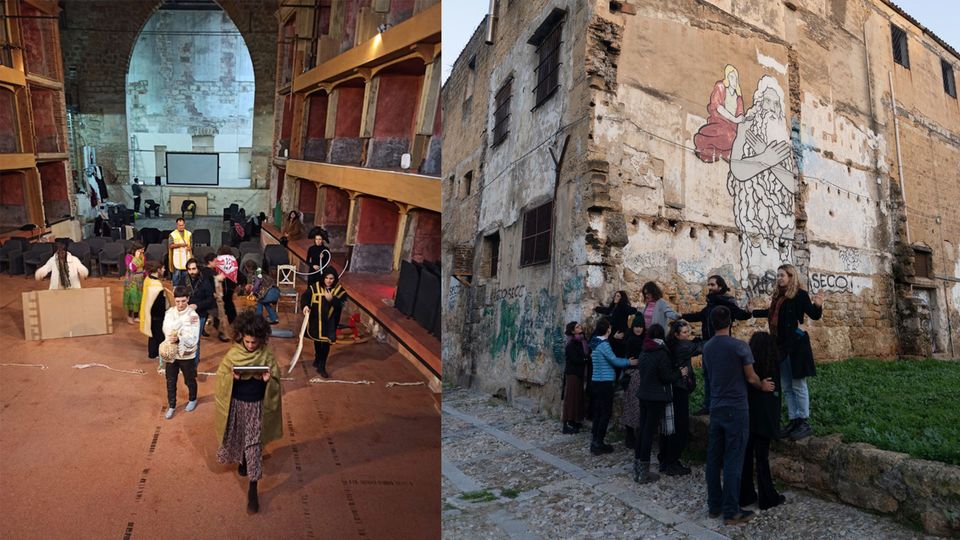
Image credit: CeSDAS
Dr David Shearing, Lecturer in Performance at Central, how did your workshop explore the relation between people, food and place?
The design ecologies workshop explored the relationship between food culture and the city. The ensemble devised a 7-course tasting menu – a promenade experience where each course offered a new perspective and taste of Palermo. The outcome resulted in the creation of an artichoke field growing through floor of the theatre, a mixed salad of Spanish, Sicilian, and Arabic flavours, a food waste course made of leftovers from local restaurants (in the end you can’t eat money), white pizza before the introduction of the tomato in the 1500s, a celebration of Bacchus with wine in a local square, ending in a local café opening our hearts through cacao. The workshop examined the relation between people, food, and place, questioning what we mean by native foods, how our foods are fused with global narratives, and how food ecologies might act as a catalyst for performance creation.
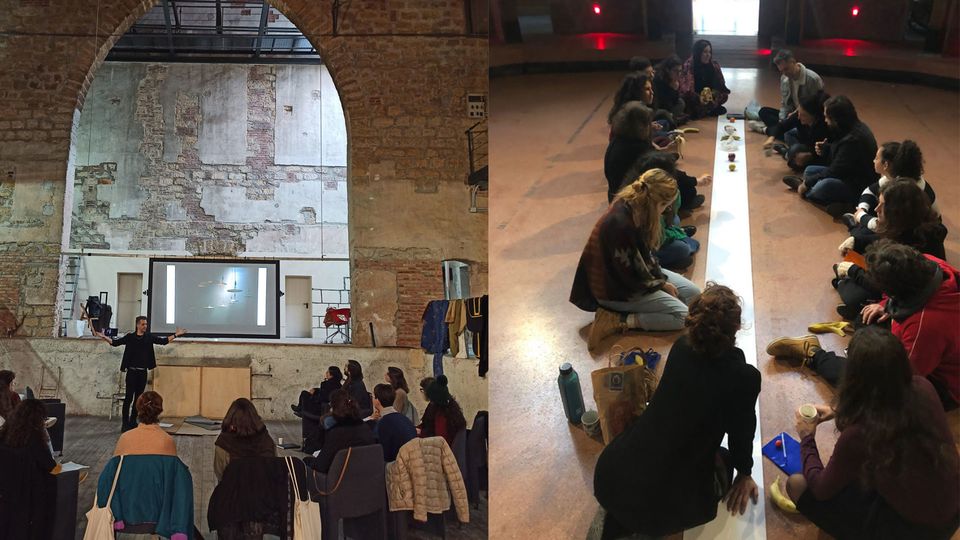
Image credit: CeSDAS
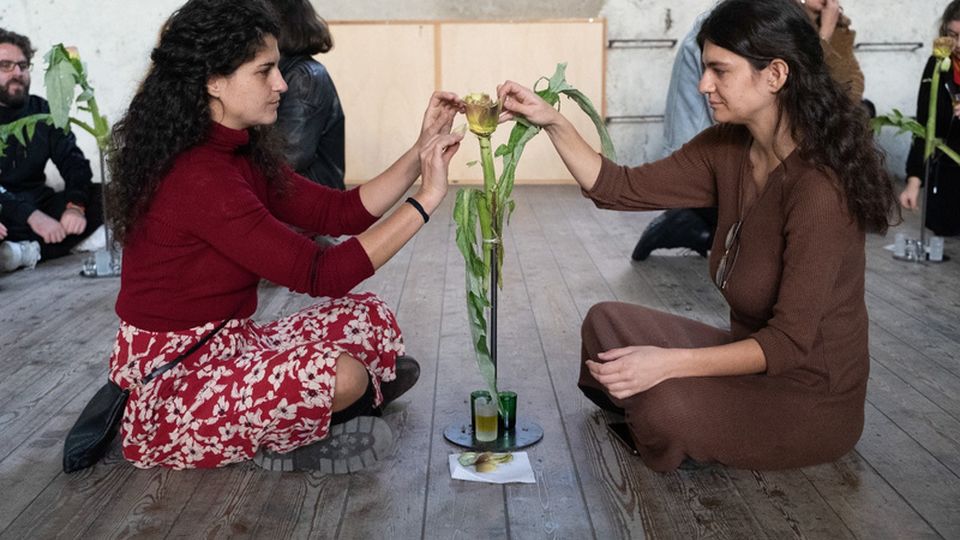
Image credit: CeSDAS
Prof Bryce Lease, can you tell us more about the contribution from Central associate company Fevered Sleep to the project?
Prof David Harradine and Samantha Butler explored the performance of attention and care, drawing on their company Fevered Sleep’s projects Men & Girls Dance, This Grief Thing, An Infinite Line, and Sheep Pig Goat. Investigating the creation of meaning through proxemics, colour, and light, they additionally used movement and text improvisation to explore the dynamics of interpersonal space. Work took place indoors and outside, with outside work focused on explorations of light and time. Regular conversations ran through the weekend, each exploring a different theme: time; care; interpersonal, intergenerational and interspecies relationships; accessibility and inclusivity.
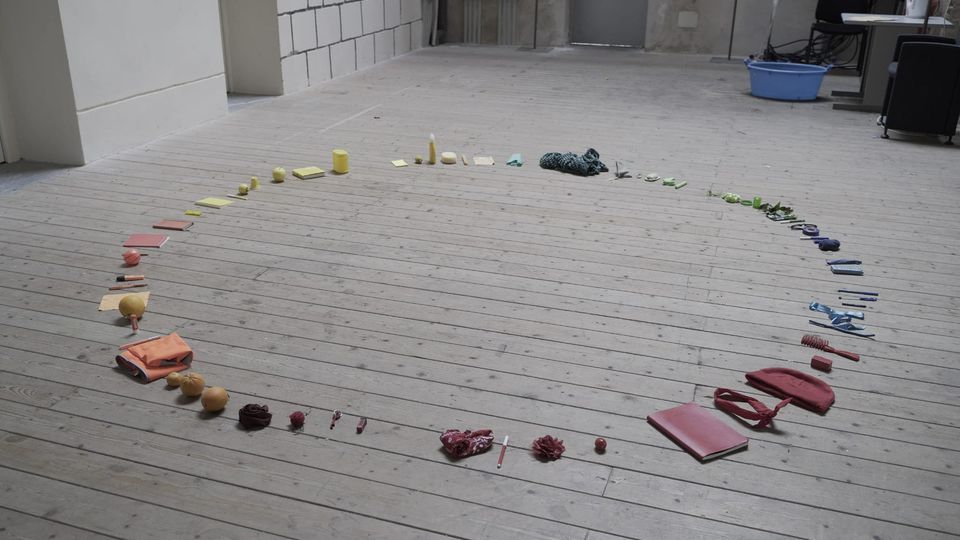
Image credit: CeSDAS
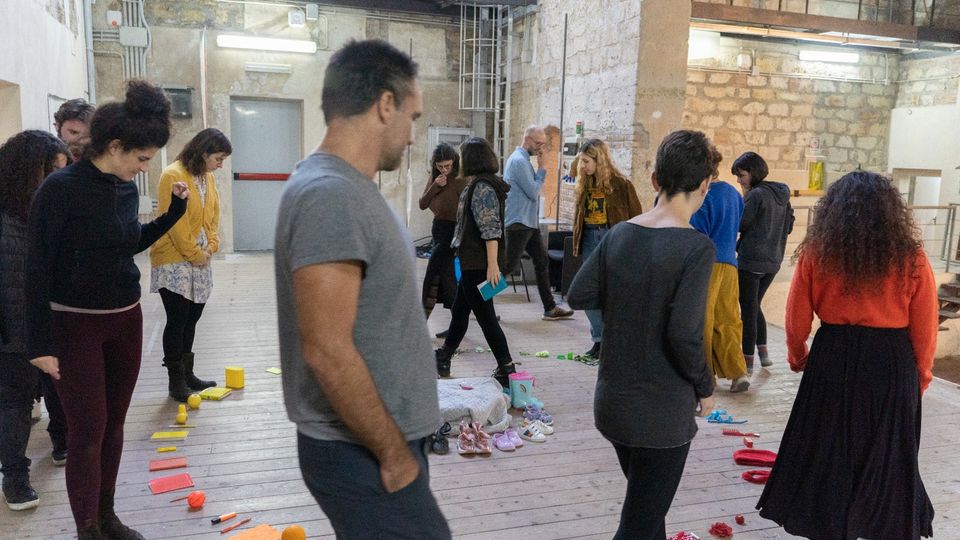
Image credit: CeSDAS
The programme ran in December 2022 at Teatro Garibaldi, Palermo, Sicily.
Productive Spaces of Unrest
2-4 December 2022, Bryce Lease and Wojtek Ziemilski
Design Ecologies: People / Food / Place / Design
9-11 December 2022, David Shearing
The spaces in-between: Performing attention, performing care
17-18 December 2022, David Harradine and Samantha Butler
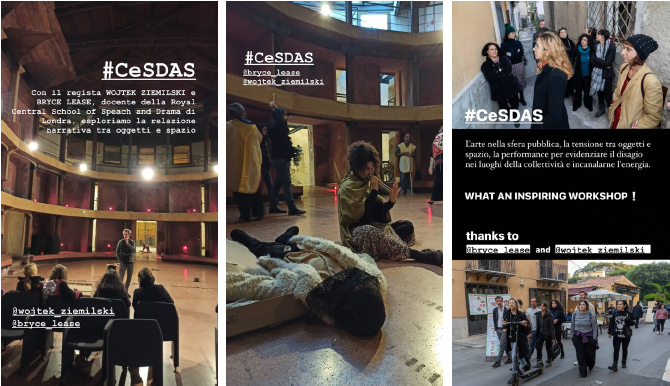
Image credit: CeSDAS
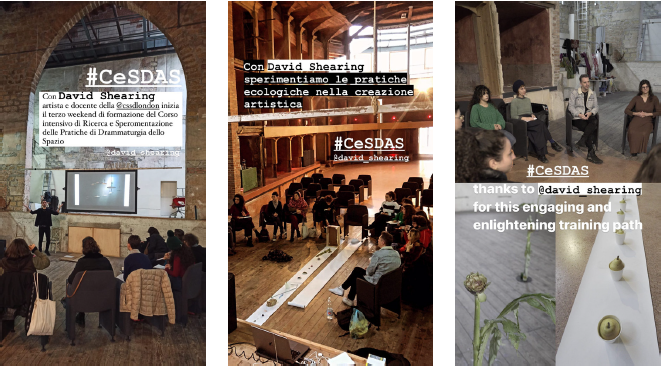
Image credit: CeSDAS
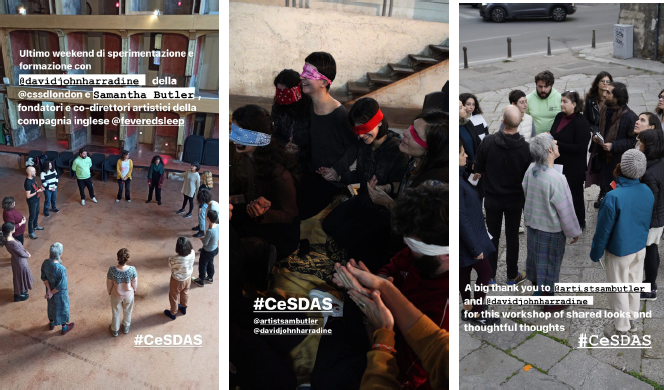
Image credit: CeSDAS
